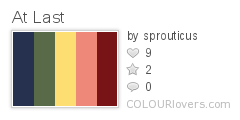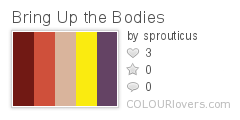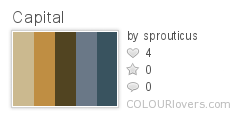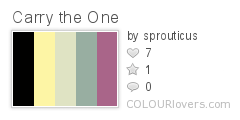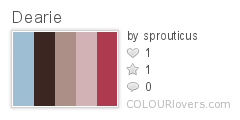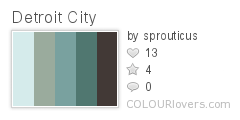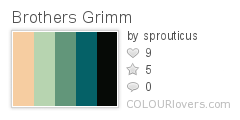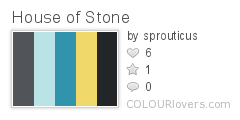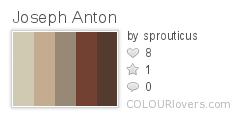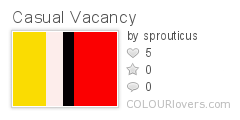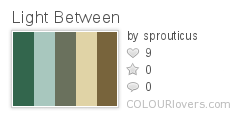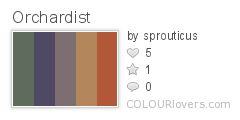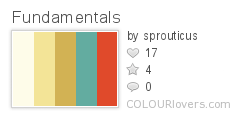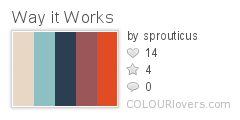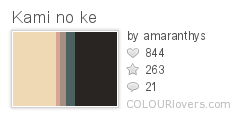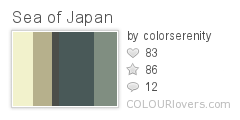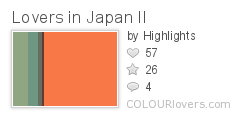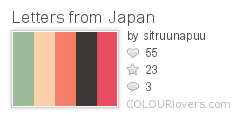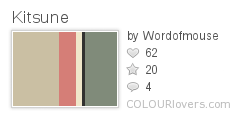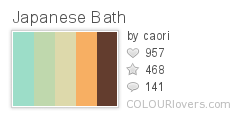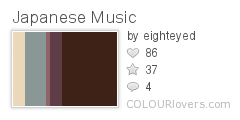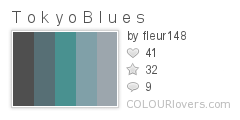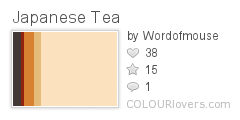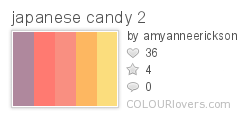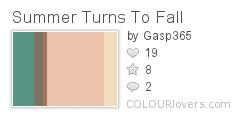Where did the @reply come from? Why did people start putting @ at the beginning of people’s names instead of at the end as in an email address.
To start with the @ was used in twitter as a kind of checkin, to say where you are. The very first was by Ev, checking in to herbivore to tell us he’s getting a breakfst burrito. Twitter was only 4 days old when this convention started.
breakfst burrito @ herbivore. Mm!
— Evan Williams (@ev) March 25, 2006
The most common early tweet was the rather boring “@ work” although not everybody used the @ sign.
at work
— Jack Dorsey (@jack) March 27, 2006
@ work
— Steve Giovannetti (@stevegio) July 21, 2006
This is the dodgeball style of doing checkins. Dodgeball, the service which is now reborn as FourSquare used a text message style syntax with @location.
Some early users tried out using the @ sign for time instead of a place.
burlesque @ 2am
— Tim Roberts (@timroberts) April 9, 2006
Some simply used @ as a generally short and cute form of saying ‘at’.
where you @
— Daniel T (@Darkside) June 29, 2006
The very first attempt to use a @name to referrer to somebody was a discussion between Ben Darlow and Neil Crosby about how to scope conversations on twitter. First Ben says:
wondering if there should be a pseudo-syntax for letting a Follower on twitter know you’re directing a comment at them.
— Ben Darlow (@kapowaz) November 23, 2006
The format ends up coming as a quick reply from NeilCrosby:
@kapowaz: probably
— Neil Crosby (@NeilCrosby) November 23, 2006
There by creating the format which would become @username on twitter for scoping conversations and replying to users. They then went on to have a bit of conversation working out the regular expressions required for matching users and tracking conversations on twitter.
@Neil Crosby: would this regex match the ‘directed message’ thing I mentioned earlier? ^@([^:]):
— Ben Darlow (@kapowaz) November 23, 2006
@Ben: ^@([^:]+): would match I think
— Neil Crosby (@NeilCrosby) November 23, 2006
Norm: does this look like it makes sense to you? /^@([^:]+):/\\1\:/
— Ben Darlow (@kapowaz) November 23, 2006
s#^@([^:]+): #http://twitter.com/$1 : #
— Mark Norman Francis (@cackhanded) November 23, 2006
The @reply was created on Thanksgiving day, November 23rd, 2006. One wonders if this was the first case of geeks using twitter to avoid their family on thanksgiving. Update: They were brits working at Yahoo UK, so they were just goofing off while their american colleagues were on vacation. ![]() Also see @Garrett’s own post with a few more tweets about how the @reply came about which i missed.
Also see @Garrett’s own post with a few more tweets about how the @reply came about which i missed.
A few days passed and nobody was using the new @ reply format which Ben Darlow (@kapowaz) & Neil Crosby has created. The next person to try out something like an @reply was Robert S Andersen, who now interestingly enough is creative director at Square, quickly followed with a ‘reply’ by Cameron Waters, co-founder of Square.
@ Garrett: No problem! Also, I did email you about that. I’ll send you another email today with some samples.
— Robert S Andersen (@rsa) November 29, 2006
@ Bobby: Most of us don’t know what you’re talking about!
— Cameron Walters (@ceedub) November 29, 2006
@ Cameron: Ah, the magic of Twitter! Sorry.
— Robert S Andersen (@rsa) November 29, 2006
None of the folks using @ replies are using Ben and Neil’s format or even being very consistent with their twitter names. For example, today Tom Coates does use TomCoates as a twitter name, but at the time he used his blog name, PlasticBagUK.
@ Tom Coates – the exercise to stop you from smoking i believe, bastard!!! and how do i turn these mobile updates off, must look, I look sad o/wise
— Lee Wilkins (@thisiswilks) December 5, 2006
A few other people used the new way of replying, but it died out after a couple of days. It could have been gone forever, but John Hicks kept using it. Suw comes closest to the current convention, almost a month after the idea was first proposed.
@.ben: I hope your place is earthquake proof!
— Suw(@Suw) December 21, 2006
By the first week of January 2007 the @ reply with a space is getting enough adoption that there starts to be a backlash. Because it was a convention created by users, twitter wasn’t tracking or scoping the conversations with @replies to a common subset of followers.
is wondering if anybody who use @ messagge know that he can do it with D NAME and messagge, without annoying anybody else
— Luca Conti (@pandemia) January 3, 2007
Nobody could quite decide what format to use, should there be a space or not?
@ Christian – agree I learnt PHP then javascript, whats the problem… @Ben , Here have my fireaxe, go take on IE6 and you go teach it some..!
— Gary Barber (@Tuna) January 3, 2007
Sometimes people just used the bare username followed by a : without the @ at all.
celebi23: Wait, I though Macworld started on the east coast @ 12?
— Macworld (@Macworld) January 9, 2007
Eventually Brad Wright starts explaining to people that the @name convention exists elsewhere and it’s not a twitter thing at all. Of course given some time, @name will become inexorably linked to twitter.
reminds Christian that “@[name]” is a common referencing protocol on Teh Internets, and has nothing to do with Twitter.
— Brad Wright (@intranation) January 9, 2007
People get more and more upset about the @reply spam and crossed conversations.
My god, people! “@Bob” doesn’t send just to Bob. Only send “@” messages if we will ALL care about them. GAAAAAAAAAAAAAAAAAAAAAAAAAAAAAAAAAAAAAAAH.
— Nick Douglas (@toomuchnick) January 13, 2007
And finally KevinMarks is the first person to use @reply in it’s current form on Twitter. Ironically enough, explaining how @replies work.
@nick the point of using @ is to cue the rest of us in, and help us see why we might find nick amusing; we know how to use D
— Kevin Marks (@kevinmarks) January 13, 2007
Little by little people converged in to using the twitter name, not person’s name, and also not including a space between @ and the name. The colin, :, was dropped. As the use of @reply to referrer to somebody’s name instead of a place took over, and twitter added support with a link, the use of @ as a location indictor or time has dropped off.
Twitter didn’t add official support to @replies as part of the platform until May 2008, fully 2 years after twitter launched and a year and a half after the idea of @replies was proposed.
Twitter’s been around for over 6 years now, and it’s most of it’s early history has been forgotten. The amazing thing about twitter as a platform and community is that it’s evolution has come through it’s use. Through use, people together evolve new ways of communicating. The #hashtag, the retweet, the @reply, follow friday, trending topics, real time twitter search, explaining twitter trends, cc-ing users, etc… These were all creations of the user base, people tried out ideas and build them. Twitter the company later adopted the conventions of it’s community and formalized the tools.
This letting the community of users create, and then adopting the practices is critical to how Twitter’s grown to be such an amazing platform. It’s also why new efforts to deliver a ‘consistent experience‘ are a terrible idea and if they succeed will kill twitter’s future innovation.
Thanks to my good friend Kellan who put together a searchable archive of the first year of tweets letting us old timers relive the early days of twitter. These days Kellan is the CTO at Etsy, if you’re a hacker who’s in New York, or wants to live in New York, you should go work with him.










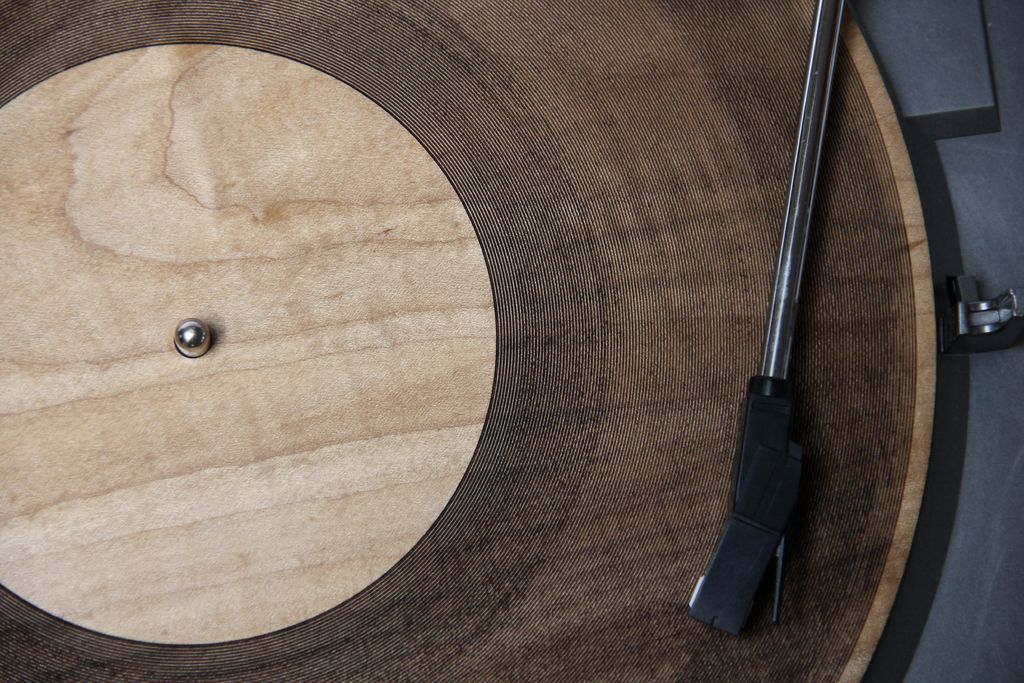 [Image: "
[Image: " [Image: "
[Image: " [Image: "
[Image: " [Image: Like the rings of Saturn, from "
[Image: Like the rings of Saturn, from "




































